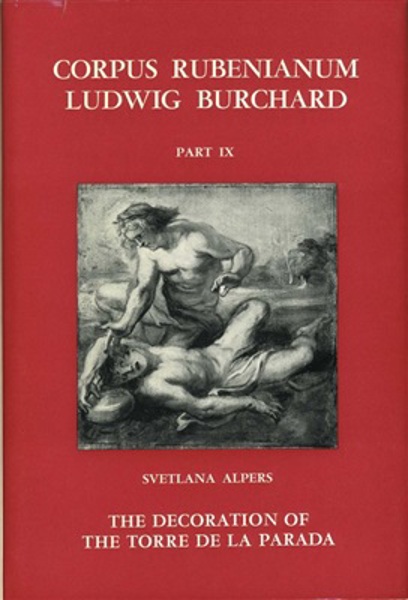
Genre Scenes
Nils Büttner
- Pages: 464 p.
- Size:175 x 260 mm
- Illustrations:130 b/w, 70 col.
- Language(s):English
- Publication Year:2020
- € 175,00 EXCL. VAT RETAIL PRICE
- ISBN: 978-0-905203-73-7
- Hardback
- Available
"Drawings and paintings by Rubens and comparative images by sixteenth-century predecessors and by contemporaries are richly illustrated. As is the case with previous volumes in the series, art historians will be captivated by it; the listings of the many copies after Rubens’s originals will cause some excitement – or dismay – on the art market or among collectors." (Ursula Härting, in History of Netherlandish Art, 2021)
This volume catalogues the paintings and drawings that Ludwig Burchard (1886–1960) gathered under the heading ‘Genre Scenes’ when planning his catalogue raisonné of Rubens’s oeuvre. Not that Rubens has ever been thought of as a genre painter in the conventional sense of the term. Besides, even the individual works assembled here do not accord with the customary definitions of genre painting, a category of subject-matter that was introduced relatively late in the history of art. The famous Garden of Love in the Prado, for example, with its fluttering amoretti, is more accurately described as an allegory. Even the picture in the Louvre frequently referred to as the Kermesse clearly does not reproduce an actual kermis or any other such event as witnessed by the artist, but is a fictional construct in which precisely observed details are designed to convey a message that is more symbolic than realistic in content. Yet no history of genre painting can fail to include Rubens. His pictures occupy a firm place in the relevant section of any imaginary museum of European art, whatever strictures the guides to that museum may apply.
The works discussed in this volume belong to the most famous creations of the painter. They are also among the most personal of his inventions. Most of them were never sold by Rubens, but remained in his possession, a circumstance that suggests they should be viewed as a particular artistic legacy. That is not to say that they did not offer contemporaries a wide range of possible interpretations unconnected with the artist’s own life. For a historically appropriate interpretation it is essential to examine closely not only the artistic process of creation, but also the former contexts of the pictures. Establishing the most complete provenance possible not only for the primary version of a composition but for all the various copies plays an important part in this process.





